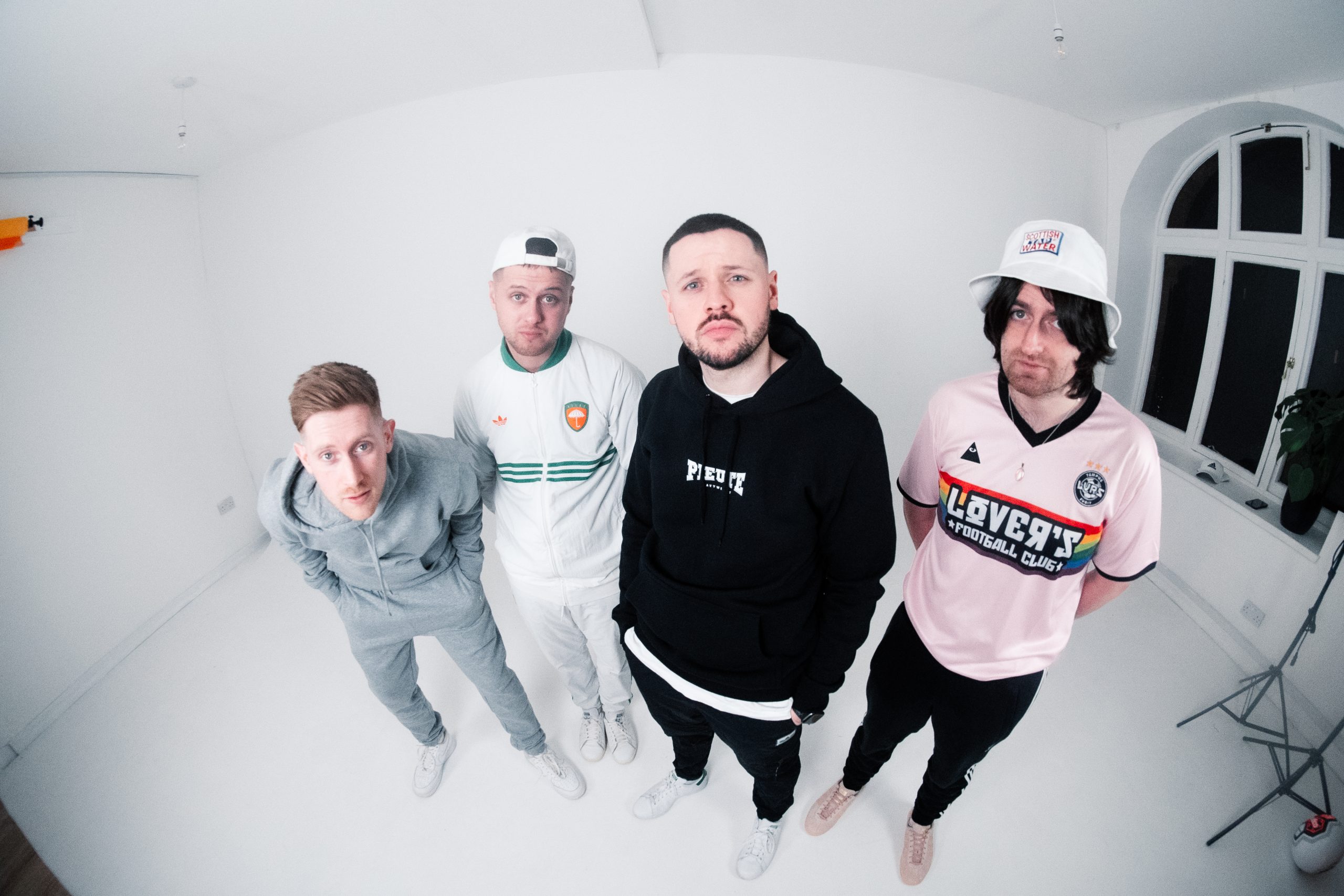What Are Tracking Pixels And Why Are They So Important For Artists?
For musicians who want to use the power of digital marketing to expand their fan base, tracking pixels can serve as the key to building a bigger audience. When properly implemented, tracking pixels have the power to help you retarget audiences, convert casual followers into hardcore fans, and learn who your audience is. Want to learn more about tracking pixels? Keep reading.

What’s a tracking pixel?
First of all – what exactly is a tracking pixel? Simply put, a tracking pixel is a small image or a piece of code embedded in a website or email. It contains a tag that tracks how users behave while they’re on that website. It captures things such as the user’s likes and dislikes, their purchasing history, and how many times they’ve clicked on a particular webpage.
So, how does this actually work? Say you’re launching an album campaign and want to retarget your website visitors with a reminder that your album is ready for pre-ordering. By having a tracking pixel that tracks the people visiting your website, you can retarget those people on social media. This can be incredibly valuable for artists like you, as it allows you to sell your music to people who have checked you out in the past but may not have committed to buying music yet.
Tracking pixels can also be used in emails. If you have an email list and regularly send out a newsletter with behind-the-scenes news and tour information, you might want to add a tracking pixel. This way, you can track how many people open your emails and click on the links.
Why are tracking pixels important for artists?
By tracking user behaviour on your website, you can learn who your audience is. For example, you can learn which pages your audience tends to visit, which songs resonate more, which merch they like most, and which links they open when reading your newsletter. Undoubtedly, this will help you optimise your marketing efforts and keep your audience engaged.
In addition, by tracking the effectiveness of your marketing efforts, you can extract which campaigns work best and adjust your marketing spending. Through retargeting, you can optimise your audience to those who have already shown interest in your music and avoid wasting money on audiences who would just ignore your ad.
Finally, when you sell concert tickets or merchandise, tracking pixels can help you understand which city is doing the best and which merch item is the most popular. Undoubtedly, this makes a difference when it comes to investing in merchandise that your audience actually buys, and setting up concerts in cities where you have a growing fan base.
Getting started with tracking pixels
Many of the platforms you already use support tracking pixels, including all major social media platforms, email marketing tools, and website builders. Check out the platform’s “frequently asked questions” or “help” sections to learn how to generate a tracking pixel code. You then have to embed it in your website and your AmplifyLink.
Afterwards, you need to make sure the tracking pixel actually works. You may need to configure your platform to ensure that your tracking pixel does what it needs to do. Again, reading the platform’s “Help” section is recommended, as it gives you step-by-step instructions on how to successfully set up the pixel and start tracking data.
Once you’ve set up tracking, you can start analysing the data. You may want to use a platform like Google Analytics to view data on website traffic. If you’re retargeting audiences, you can start running retargeting ads once the tracking pixel collects enough data from your website and AmplifyLink.
Final notes
In today’s digital landscape, tracking pixels are undoubtedly a must. For artists who want to build and leverage a fan base, tracking pixels are great way to ensure that you connect with your audience across different platforms, leading to increased engagement. By tracking your fans’ behaviour, you can learn how they interact with your music, what kind of content they like, and where they share it. This empowers you to adjust your strategy accordingly, and as a result, continue to grow your career.





